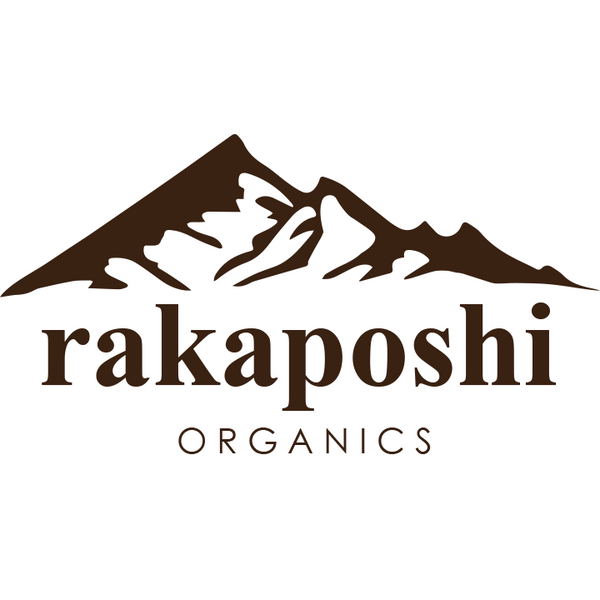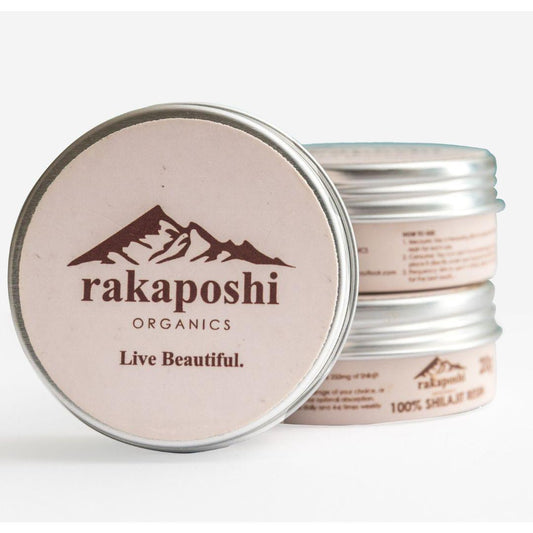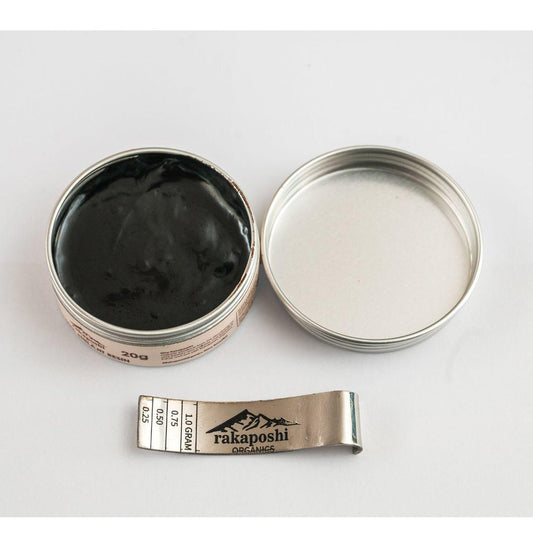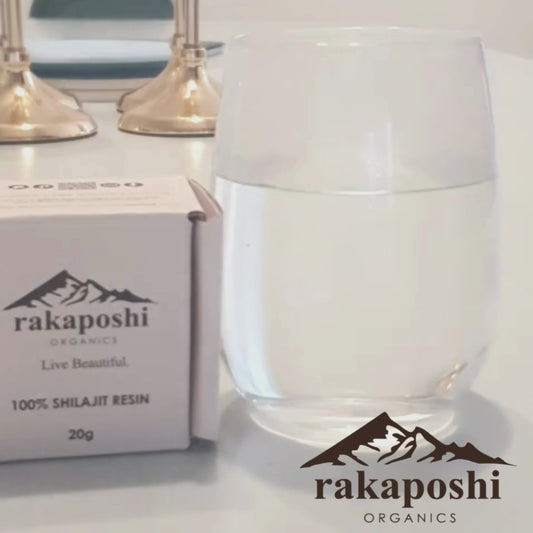
利用自然提高创造力和生产力
分享
在现代生活的喧嚣中,寻找提高创造力和生产力的方法比以往任何时候都更加重要。一种经常被忽视但影响深远的方法是将自然融入我们的日常环境。最近的研究和现实世界的例子表明,融入自然元素可以显著促进我们的身心健康,最终提高创造力和生产力。
自然对创造力的影响
研究不断表明,大自然在培养创造力方面发挥着至关重要的作用。一项针对丹麦创意专业人士进行的研究强调了自然环境如何激发创造性思维。参与者报告说,接触大自然,如公园或绿地,可以提高他们灵活思考和产生创新想法的能力。大自然提供了一个恢复性的环境,让大脑重新充电,特别是在创意过程的关键准备和孵化阶段。
研究强调,人们认为大自然的“自然”、“空间”和“宁静”等恢复性维度对于激发创造力至关重要。这些方面创造了一个环境,人们可以反思和探索新想法,从而更有效地解决问题和创新。
微观自然与工作场所生产力
大自然的好处不仅限于开放空间和自然环境;即使是小型、经济实惠的自然元素(称为“微自然”)也能对生产力和士气产生重大影响。Anthony Klotz、Shawn McClean 和 Pok Man Tang 的研究强调了将微自然融入工作环境的重要性。他们的研究发现,即使很少接触自然元素,如室内植物或自然光,也可以提高员工的表现和整体幸福感。
例如,工作场所融入了盆栽或自然风格的艺术品等小自然元素,报告显示工作满意度、生产力和创造力都有所提高。研究表明,这些小变化可以提高员工的工作绩效和乐于助人,证明即使在密闭或城市环境中也能享受大自然的益处。
现实世界中自然融合的例子
有多家公司已成功将自然元素融入其工作环境,证明了这种方法的实际好处。在伦敦金丝雀码头,开发商正在打造一条贯穿摩天大楼的“绿色脊柱”,让员工在工作日可以轻松进入绿色空间。谷歌的新英国总部设有一个 300 米长的屋顶公园,拥有超过 250 棵树,为员工提供远离城市景观的自然休憩地。同样,LL Bean 将其仓库的一部分改造成庭院,确保员工在工作时可以欣赏大自然的景色。
这些例子表明,将自然与现代建筑融为一体可以创造更健康、更高效的工作环境。这些举措不仅支持企业可持续发展目标,还通过提供恢复活力和鼓舞人心的空间来提高员工的幸福感。
融入自然的实用方法
将自然融入您的环境并不需要大规模的改变。以下是将自然元素融入日常环境的一些实用方法:
-
添加室内植物:简单的添加,如盆栽,可以创造一个更愉快、更刺激的工作环境。它们可以改善空气质量,增添一丝自然气息,可以振奋情绪,提高注意力。
-
利用自然光:通过将工作空间放置在靠近窗户的地方或使用模拟自然光的滤光器,最大限度地利用自然光。这可以提高能量水平并减少眼睛疲劳。
-
融入自然风格的装饰:使用自然主题的艺术品、壁纸或反映自然景观的颜色。这些元素可以唤起一种平静和灵感的感觉。
-
创造户外空间:对于那些可以进入户外区域的人,可以考虑增加座位或绿色空间,让人们可以休息并接触大自然。即使是小花园或绿色屋顶也可以带来显着的好处。
-
提倡户外活动:鼓励人们在户外度过时光,例如在自然环境中散步或休息。这种做法可以提高头脑清晰度和整体生产力。
自然对幸福感的更广泛影响
大自然的积极影响不仅限于直接的工作环境。研究表明,在自然环境中度过一段时间可以减轻压力、改善情绪并提高整体幸福感。对于混合办公和远程办公的员工来说,将大自然融入家庭环境或定期进行户外休息可以提高工作效率和满意度。
研究表明,微自然——无论是小型室内植物、自然主题装饰还是户外休闲区——都可以显著改善我们的日常生活。这些小而实惠的改变可以带来巨大的好处,而无需投入大量资源或改变现有环境。
通过理解和运用这些见解,个人和组织可以创造支持创造力和生产力的空间,同时促进与自然的更深层次联系



